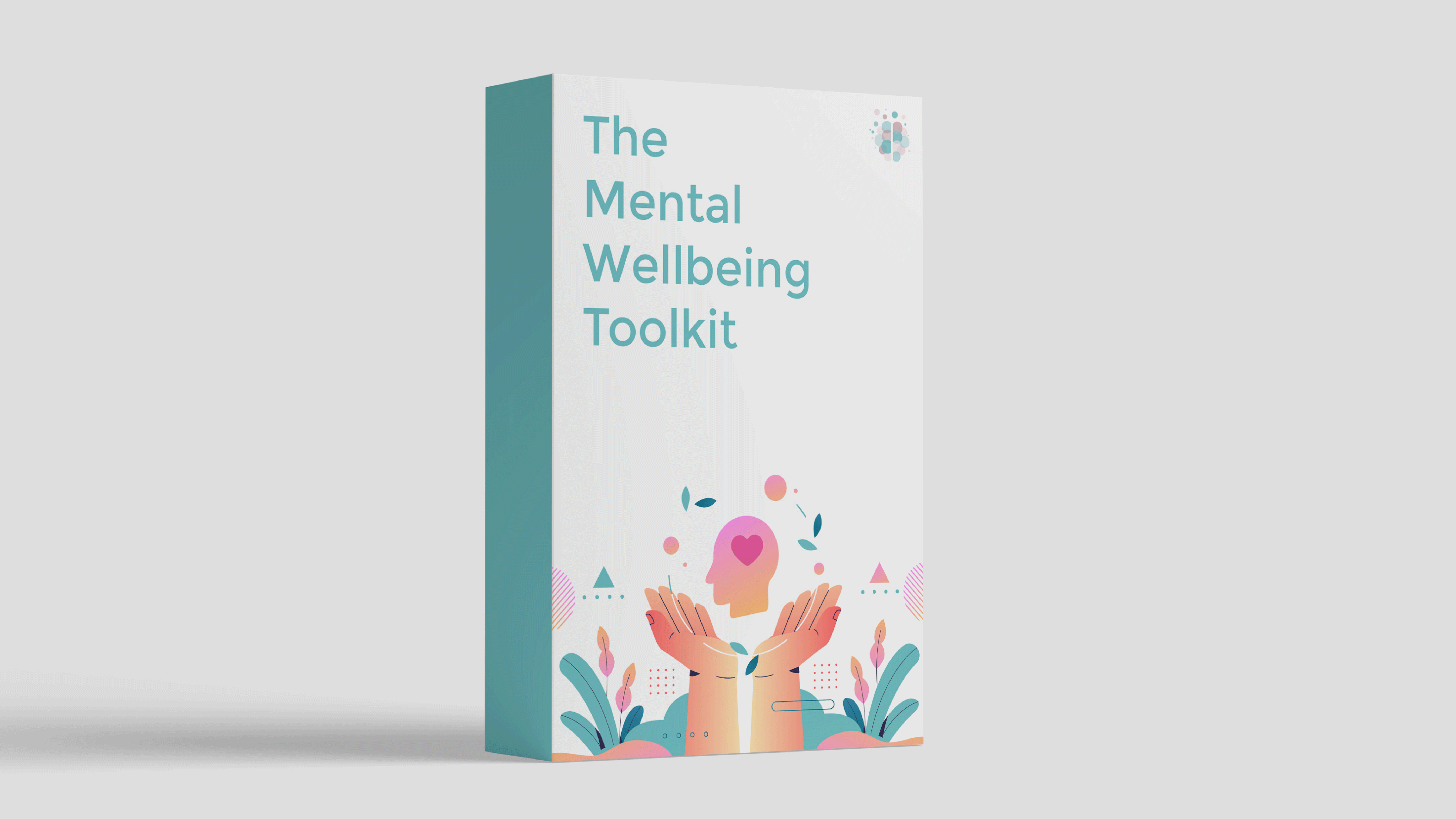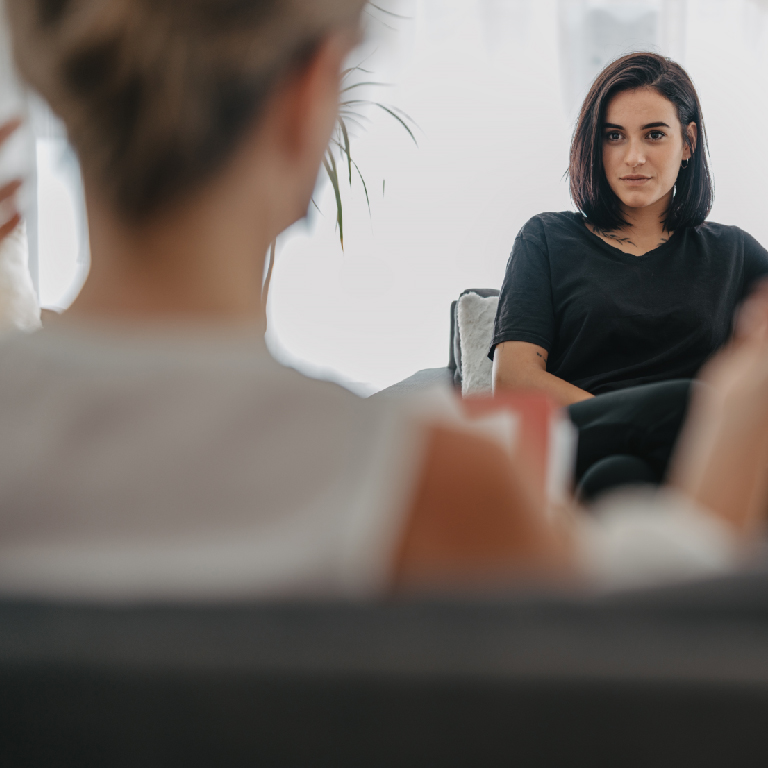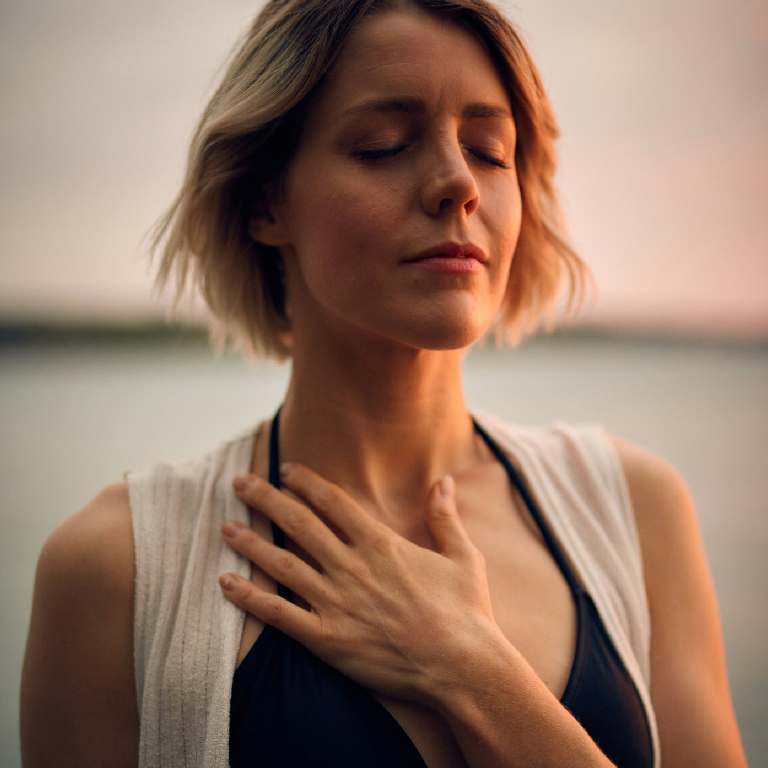Light therapy, also known as phototherapy, has emerged as a promising treatment for various mental health issues. This natural, non-invasive approach harnesses specific wavelengths of light to influence our biological rhythms and mental wellbeing.
Understanding Light Therapy
Light therapy involves exposure to specific types of light that mimic natural sunlight.
The treatment uses various light therapy colors and intensities to target different mental health concerns.
Whether you're dealing with seasonal affective disorder (SAD), depression, or sleep disorders, understanding how light therapy works can be the first step toward improved mental health.
The Science Behind Light Therapy
Our bodies rely on light to regulate crucial biological processes, including our circadian rhythm – the internal clock that governs sleep-wake cycles.
Light exposure triggers the production of important hormones like melatonin and serotonin, which play vital roles in mood regulation and sleep quality. By manipulating light exposure, we can positively influence these biological processes.
Light therapy may be used for:
- Seasonal affective disorder (SAD). Light therapy helps alleviate symptoms by exposing people to bright light, which can enhance serotonin production and regulate the circadian rhythm, reducing feelings of depression during darker months.
- Sleep disorders. By adjusting exposure to light, light therapy can help reset the body’s internal clock, making it easier to fall asleep and stay asleep, thereby improving sleep quality and duration.
- Depression. For those with depression, light therapy can boost mood by increasing the availability of serotonin and melatonin, helping to normalise sleep patterns and improve overall wellbeing.
- Anxiety. Light therapy may reduce anxiety levels by stabilising mood and improving sleep quality through the regulation of circadian rhythms and the release of mood-enhancing neurotransmitters.
- Circadian rhythm disruptions. Light therapy works by providing the necessary light signals to realign the circadian rhythm, promoting better sleep-wake cycles and enhancing alertness during waking hours.
Recent studies have shown particularly promising results for people experiencing multiple mental health issues simultaneously, with many reporting significant improvements in overall mood and daily functioning within the first few weeks of treatment.
Different Types of Light Therapy Devices
- Light therapy boxes. Emit bright, white light (around 10,000 lux) that mimics natural sunlight, ideal for treating Seasonal Affective Disorder (SAD) and improving mood.
- Dawn simulation devices. Gradually increase light intensity to simulate a natural sunrise, helping users wake up gently and improve morning routines.
- Light therapy lamps. Versatile lamps that offer various light intensities and wavelengths, suitable for enhancing mood and managing circadian rhythm disruptions.
- Portable light therapy devices. Compact, travel-friendly devices that provide light therapy on the go, often worn as glasses or visors for convenience.
Each device serves specific purposes and comes with unique features. The key is finding the right match for your needs and lifestyle.
Getting Started with Light Therapy
The success of light therapy often depends on consistency and proper timing. Most experts recommend using light therapy devices in the morning, typically for 20-30 minutes. Position the device at eye level or above and maintain a distance of about 16-24 inches from your face.
For optimal results, try to begin your light therapy sessions within an hour of waking up, and avoid using the device in the evening as it may disrupt sleep patterns.
Practical Tips
- Start gradually and increase exposure time slowly
- Create a comfortable, dedicated space for treatment
- Maintain a consistent schedule
- Be patient – benefits typically appear within 1-2 weeks
- Consider seasonal adjustments to your routine
Summary
Light therapy represents a promising tool in the mental health toolkit, offering healing through the power of controlled light exposure. Remember that while light therapy can be effective, it works best as part of a comprehensive approach to mental health that includes professional guidance, self-help tools, and healthy lifestyle choices.
Practical Tools to Nurture Your Mental Health
Our self-guided program includes tools from CBT, DBT, ACT and more, so you can discover what works best for you.
Check out The Mental Wellbeing Toolkit today – it's "like 10 therapy sessions in one."




